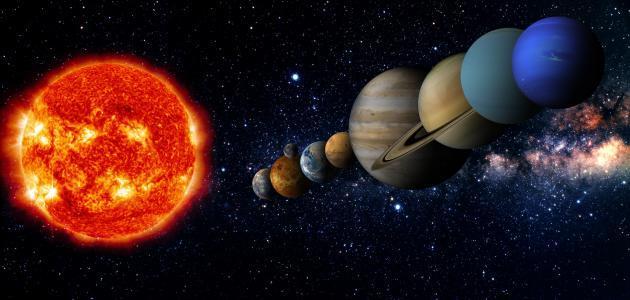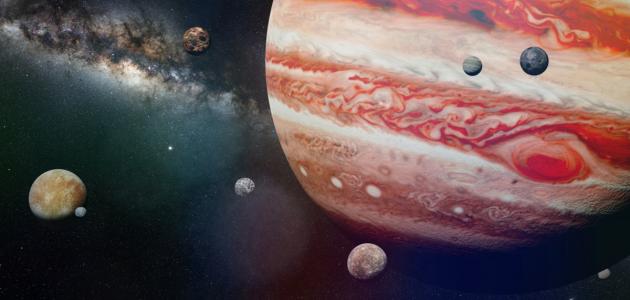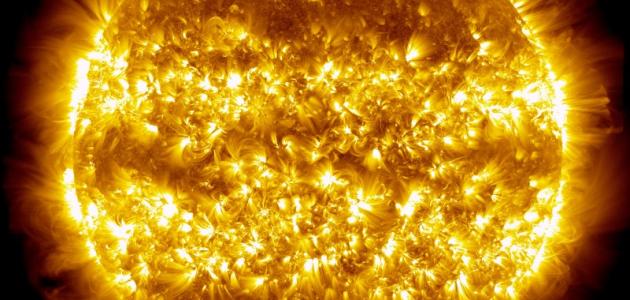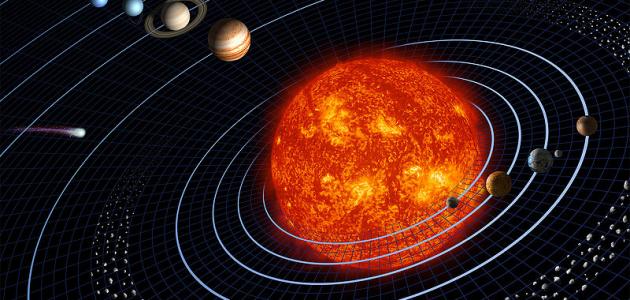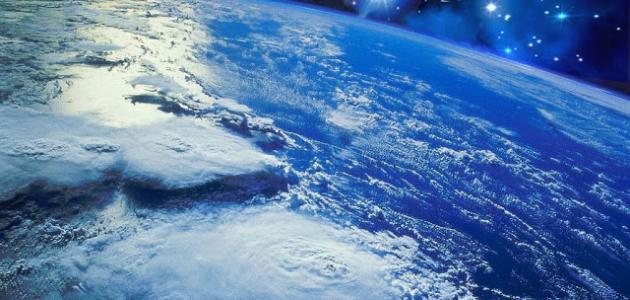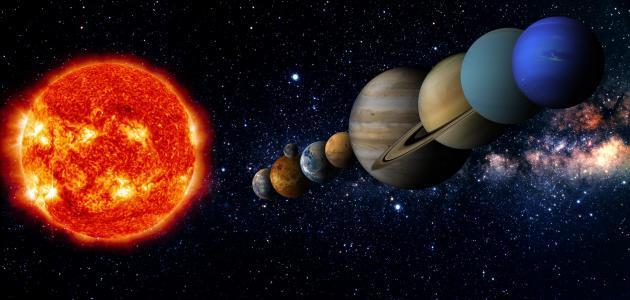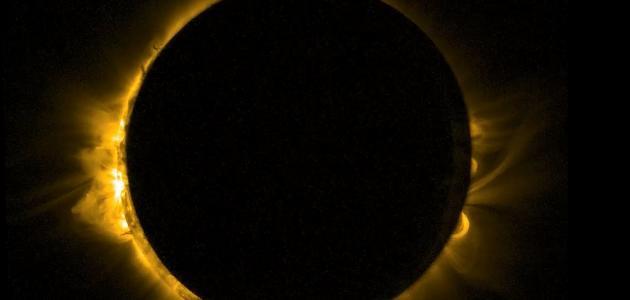Mars
Mars appears reddish from Earth, so it was called the red planet, as the ancients believed that this redness was caused by the blood of fallen warriors, and it was named according to the Roman god of war who is called Mars, and the Greeks called him Ares. Mars comes fourth in terms of its distance from the sun, while its atmosphere consists of carbon dioxide, and its surface is cold, with an average temperature of -53.3 degrees Celsius, and ultraviolet rays reach it constantly, and water channels appear carved on its surface, So it was thought to be inhabited.
The number of moons of Mars
On August 1877, XNUMX, the scientist Asaf Hall noticed something resembling the moon when he was observing the planet Mars in search of its moons, but weather conditions prevented him from recognizing it, then the search continued until two moons of Mars were discovered: Deimos and Phobos.
Moon Phobos
The moon Phobos is the largest and closest moon to the planet Mars, with a radius of about 11.1 km, meaning that it is 7.24 times the size of the moon Deimos, and its orbit is approximately 6000 km away from Mars, as it takes only 4 hours to revolve around the planet, so it completes three cycles in One day, but in the opposite direction, as it appears from the west and disappears from the east. As for its surface, it is covered with dust with a thickness of 1 m, and is filled with pits and grooves, where the Stickney Crater crater is the largest, which is named after the first name of Hull’s wife, as it covers It is about 9.5 km from its surface, and it is believed that the moon will collide with Mars within 50 million years, or it will disintegrate to become a ring around Mars, due to its inward orientation by 1.8 cm annually, as the grooves indicate the beginning of its disintegration due to its influence on tidal processes.
Read also:Research on planet EarthScientists disagree about the origin of the moon Phobos, as its surface composed of the material that forms asteroids, and dwarf moons, a substance similar to carbonaceous chondrites of the first or second type, in addition to its non-spherical and engraved shape, indicate that it was in the asteroid belt and then was pushed into the orbit of Mars due to The gravity of Jupiter, and its circular path indicates that it resulted from a collision that occurred on Mars, where gravity helped collect the flying pieces and keep them in its orbit.
Moon Deimos
The moon Deimos, which embodies terror in Greek mythology, appears in the sky of Mars as a star, due to its small size and distance from the planet, with a diameter of 12.4 km, while its circular and stable orbit is 23,458 km away, as it takes approximately 30.3 hours to complete its orbit around Mars. Which is six hours longer than the Martian day, so it rises and sets every 1.26 Earth days. Deimos is thought to have been an asteroid that Jupiter's gravity pulled from the asteroid belt towards Mars.
The surface of the moon Deimos is not spherical like the rest of the moons of the solar system, as many craters are scattered on its surface, the largest of which is the Swift crater, which was named after the author Jonathan Swift, who referred to the moons of Mars 151 years before their discovery in his book Journeys, and its diameter reaches 1 km. The other is named after the French writer François Marie Oret, who is known as Voltaire, so it was named after Voltaire, and its diameter is 1.9 km, and its average temperature reaches -40.15 degrees Celsius.
Read also:Does the sun rotate?Exploration of the moons of Mars
Many spacecraft contributed to the discovery of Phobos and Deimos, the most important of which are:
- Mariner 9: This vehicle took the first picture of the two moons in 1971 AD.
- Viking orbit: This orbit provided information that forms the basis for the formal and dynamical models of the two satellites, at the end of the seventies.
- Phobos 2: In 1988, this Soviet vehicle was able to reach a distance of 100 km from landing on the surface of the moon Phobos.
- Mars Global Surveyor: It surveyed the two moons of Mars between 1996 AD and 2006 AD.
- Mars Reconnaissance Orbiter: It has also surveyed the moons of Mars on several occasions since 2005 AD.
- Mars Express vehicle: Since 2003 AD, this vehicle has provided many data on the Phobos satellite, due to its elliptical orbit, which conducts regular meetings between the moon and the vehicle.
- Landers and Rovers: These rovers have provided data on transits of the solar disk by Phobos and Deimos: Viking Landers, Mars Pathfinder, MER rovers, and MSL rover. (in English: MSL rover).

